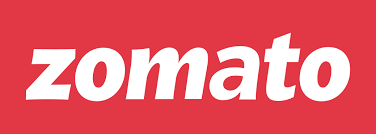After Zomato Now Rival Food Delivery Platform Swiggy To Launch $800 Million IPO
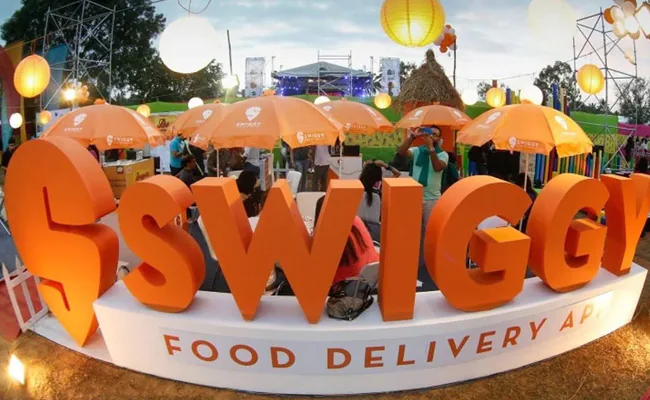
After Zomato Now Food Delivery Platform Swiggy To Launch $800 Million IPO
According to a recent report, the food delivery network Swiggy plans to go public in early 2023 with an IPO worth $800 million. In the face of competition from Zomato, the IPO is likely to aid the platform’s expansion. Swiggy aspires to become a logistics company, not merely a food delivery platform, according to the article.
Invesco led a $700 million funding round for the company recently. Its overall value was raised to $10.7 billion, transforming it into a decacorn. Surprisingly, the company is now valued higher than its competitor Zomato. Decacorns, for the uninitiated, are corporations with a market capitalisation of more than $10 billion.
The move comes as its rival Zomato’s stock has plummeted to new lows following a grand launching, despite heightened volatility in Indian stock markets. Zomato’s stock price has plummeted as well. Paytm and Nykaa shares have also seen a significant drop in their share prices.
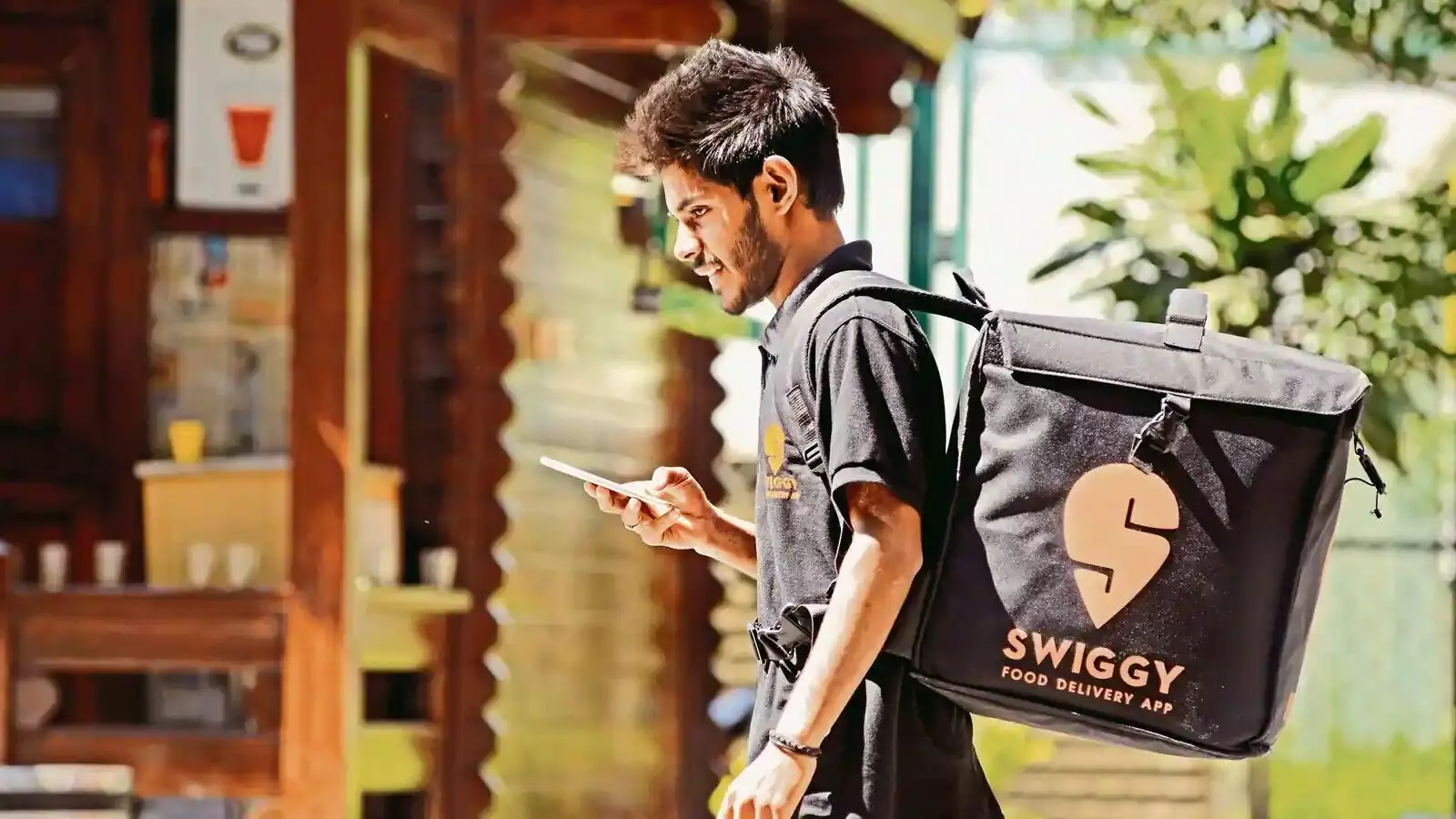
Low Revenue Amidst Lockdown
According to a reports, the food tech giant’s revenues fell by 27% in FY21 due to the Covid-induced lockout. The company’s revenue decreased to Rs 2,547 crore from Rs 3,468 crore in FY20. The total income for the group fell by 28% to Rs 2,676 crore.
Swiggy Instamart is now vying with Zepto and Blinkit to provide supermarket delivery in less than 10 minutes.

About Swiggy
Swiggy is a Bangalore-based food delivery service that was started in July 2014. It runs in 500 Indian cities as of September 2021. Swiggy also offers Instamart, an on-demand grocery delivery service, and Swiggy Genie, an immediate gift delivery service, in addition to food delivery. Bundl Technologies Private Limited operates Swiggy.
History
Bundl, an e-commerce platform, was founded in 2013 by Sriharsha Majety and Nandan Reddy to help with courier service and shipping within India. Bundl was paused and relaunched to penetrate the meal delivery market. At the time, the food delivery market was in shambles, with notable companies such as Foodpanda (later acquired by Ola Cabs), TinyOwl (later acquired by Zomato), and Ola Cafe (later shuttered) failing. Majety and Reddy, who had worked for Myntra, founded Swiggy and its parent holding company Bundl Technologies in 2013. After developing a specialised distribution network, focusing on logistics, and obtaining critical resources, the company flourished swiftly.
Swiggy Stores, a general goods delivery service that sources items from local stores, debuted in early 2019. In August 2020, the company launched Instamart, an instant grocery delivery service that uses a network of dark stores. Swiggy’s Swiggy Stores closed in early 2021, and the company expanded its operations under the Instamart moniker.
Swiggy Go, a fast pickup/dropoff service, debuted in September of this year. The service is used for a variety of purposes, including document and parcel deliveries to both commercial and retail clients. In April 2020, Swiggy Go was renamed Swiggy Genie. It said in 2021 that it would pay for the immunisations of its delivery partners. In March 2021, Swiggy started a Health Hub in Chennai, Tamil Nadu.
Investments and acquisitions
In 2015, the company began to seek outside finance. The first investment was $2 million from Accel and SAIF Partners, followed by another $2 million from Norwest Venture Partners. The following year, Swiggy raised $15 million from new and existing investors such as Bessemer Venture Partners and Harmony Partners.
Swiggy obtained an investment round from Naspers worth $80 million in 2017. Swiggy received $100 million from China’s Meituan-Dianping and Naspers in 2018, and a succession of investments helped the company reach a $1 billion valuation.
Swiggy bought Bangalore-based AI firm Kint.io in February 2019.
Swiggy acquired $43 million in investment in April 2020, valuing the firm at $3.6 billion.
Swiggy purchased 48East, a Bangalore-based Asian cuisine start-up, in 2017. Swiggy then bought and shut down Scootsy Logistics, a struggling food and clothing delivery company based in Mumbai. In 2018, it paid all cash for the Mumbai-based milk delivery company SuprDaily. Fingerlix, a Mumbai-based ready-to-eat food firm, received a Rs. 31 crore investment from the company in 2019.
Swiggy received $800 million in Series J funding from Falcon Edge Capital, Goldman Sachs, Think Capital, Amansa Capital, Carmignac, and current backers Prosus Ventures and Accel, valuing the company at $4.9 billion.
Swiggy also received a $700 million investment from Invesco US, valuing the company at $10.9 billion.
Swiggy Alternatives & Competitors
Zomato
Deepinder Goyal and Pankaj Chaddah started Zomato, an Indian international restaurant aggregator and food delivery firm, in 2008. In a few places, Zomato provides restaurant information, menus, user ratings, and food delivery from partner restaurants. The programme is now available in 24 countries and over 10,000 cities as of 2019.
Investments
Zomato obtained roughly US$16.7 million from Info Edge India between 2010 and 2013, providing Info Edge India with 57.9% ownership in the company. It secured an additional US$37 million in November 2013 from Sequoia Capital and Info Edge India.
In October 2018, Zomato funded $210 million from Ant Financial, Alibaba’s payment affiliate, in exchange for a 10% ownership investment in the company. The deal valued Zomato at roughly $2 billion. Earlier in 2018, Zomato raised an additional $150 million from Ant Financial.
After previously committed capital from Ant Financial failed to materialise, Zomato raised $62 million from Temasek in September 2020.
Zomato raised $52 million from Kora, a US-based investment group, in a Series J fundraising round in October 2020.
Zomato raised US$250 million in February 2021 from five investors, including Tiger Global Management, for a total valuation of US$5.4 billion.

Uber Eats
Uber Eats is a meal delivery and ordering service launched by Uber in 2014. Users can examine menus, reviews, ratings, place orders, and pay for food at participating restaurants using an iOS or Android app or a web browser. It is also possible for users to leave delivery suggestions. Uber charges a card on file for payment. Meals are delivered by couriers who travel by vehicle, scooter, bike, or foot. It operates in more than 6,000 cities in 45 countries.
Garrett Camp and Travis Kalanick created Uber, the parent business of Uber Eats, in 2009. With the launch of the UberFRESH service in Santa Monica, California, in August 2014, the firm began offering food delivery. UberEATS rebranded the platform in 2015, and the ordering software was launched as a separate application from the Uber ride app. It started operations in both London and Paris in 2016.
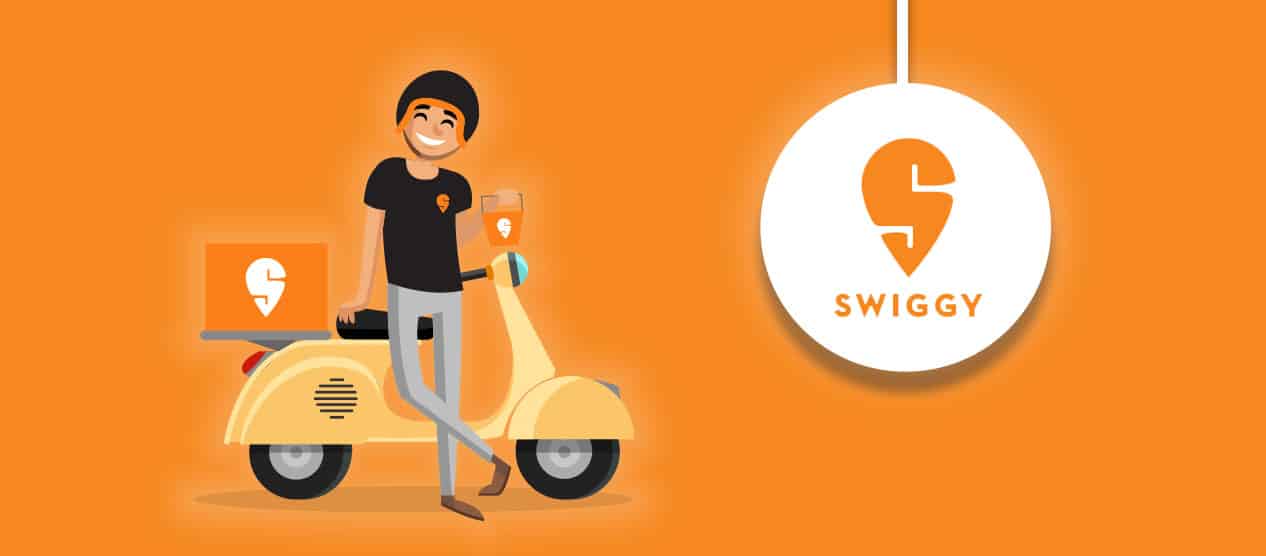
Swiggy: The sweet and sour journey of India’s fastest Unicorn start-up
How Swiggy Becomes the Food Delivery Giant in India
Swiggy is building a specialised delivery network and a more technologically advanced logistic channel. The amount of an order that is cancelled after being placed is still credited to the restaurant. Customers can also cancel an order if it is not delivered within the specified time frame. The delivery partners use a GPS-enabled method to track their packages in real-time. The company has also partnered with Google Maps API to track their order and timing to provide real-time estimates.
Swiggy has been dubbed “India’s Fastest Unicorn Story” by several marketing gurus, and rightfully so. It has skyrocketed in popularity. It caught up to Zomato and used a tech mash-up to revolutionise the food market.
Swiggy was up against other potential, major and minor businesses when it began in Bengaluru in 2014, including TinyOwl, Dazo, Spoojoy, and Zupermeal. But it’s the only one that can keep up with its flawless product launch timelines, exclusive price offers, and consistent funding. Swiggy’s cash register was ringing with more than 450.1 per cent revenue growth by 2017.
Swiggy Marketing Model – A Case Study
Swiggy has been a forerunner in the FoodTech industry regarding marketing and internet promotions. It uses every platform available to broaden its reach and enter new markets. The delivery app has refined and improved its offering in the last five years.
Swiggy has progressed gradually to become a household choice, from a youngster’s selection or a bachelor’s sanctuary to eat healthful food to a mother’s preference when she is not in the mood to cook, from ‘Swiggy Karo fir chahe jo Karo to finishing ‘Gharkakhana’. Because Indian families do not follow the Western habit of ‘takeout’ or ‘pizza evenings,’ this approach was bold and aimed at gaining acceptance into a modern Indian family living in a metropolis.
Because the food firm is a digital-first company, it must use every opportunity to increase interaction rather than waiting for anything to become viral. Swiggy’s social media platform strategy must stay on top of things and keep communication following its ‘fun’ and ‘youth’ image, in addition to brand recall. Swiggy nails it when it comes to aesthetics and presentation on social media. The material is both thrilling and amusing.
Swiggy’s successful endeavour used a variety of digital marketing methods
It is, however, not complicated. Swiggy’s communication strategy is intended for people of all ages and backgrounds. Sometimes all you need is a picture to grasp the situation. It’s so tempting that if you’re hungry, avoid looking at their feed! Swiggy has taken advantage of several digital marketing firms that provide excellent social media techniques.
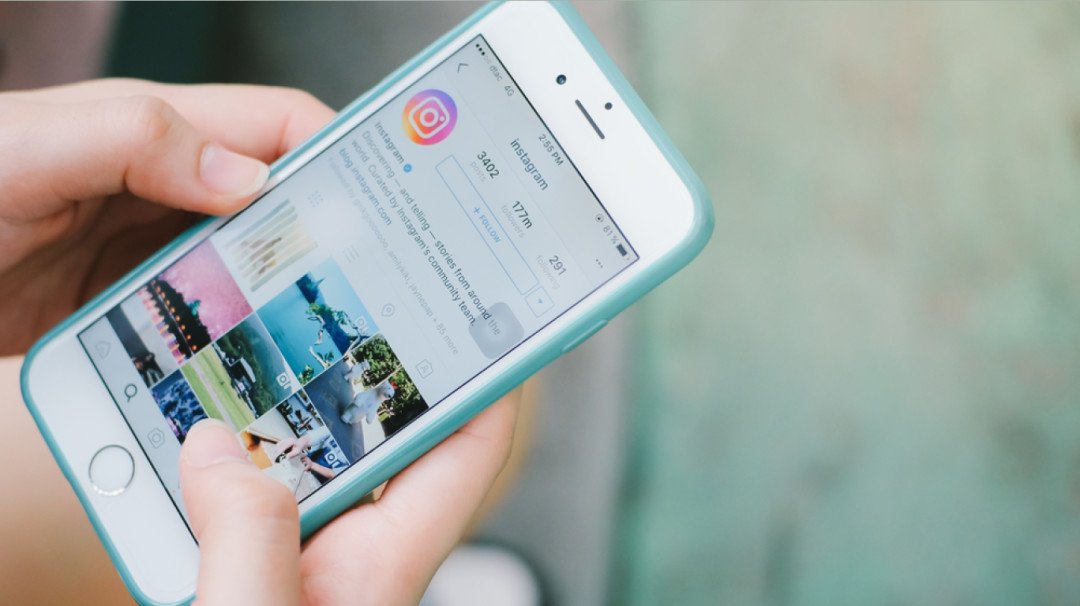
Swiggy drives engagement with hashtags like #SwiggyVoiceofHunger and #GeniePotluck.
When the restaurants reopened after the pandemic, they took a personal approach and did what they do best: they did what they do best! Despite the culinary start-focusing on ordering and not dining-in, here’s a video urging consumers to visit their favourite hotel. It recognises that it must maintain trust before customers begin ordering from home.
Swiggy’s Instagram approach has been light, airy, and informal. The goal is to start a conversation rather than sell a product. Not to make followers, but to build friends!
Swiggy has always been cutting edge in utilising social media and its enticing features. It began leveraging Instagram’s new voice note features to encourage users to submit #VoiceofHunger voice notes in the form of food. On day one, the Instagram team received over fifty DMs per minute and over 9,000 messages—and wait for it—an increase of over 2100 per cent in-app traffic via Instagram!
It’s worth noting that this function was introduced just days after the #metoo campaign slammed India. In a short period, the brand team had to modify its roster of influencers to guarantee that none of the problematic names was included or signed.
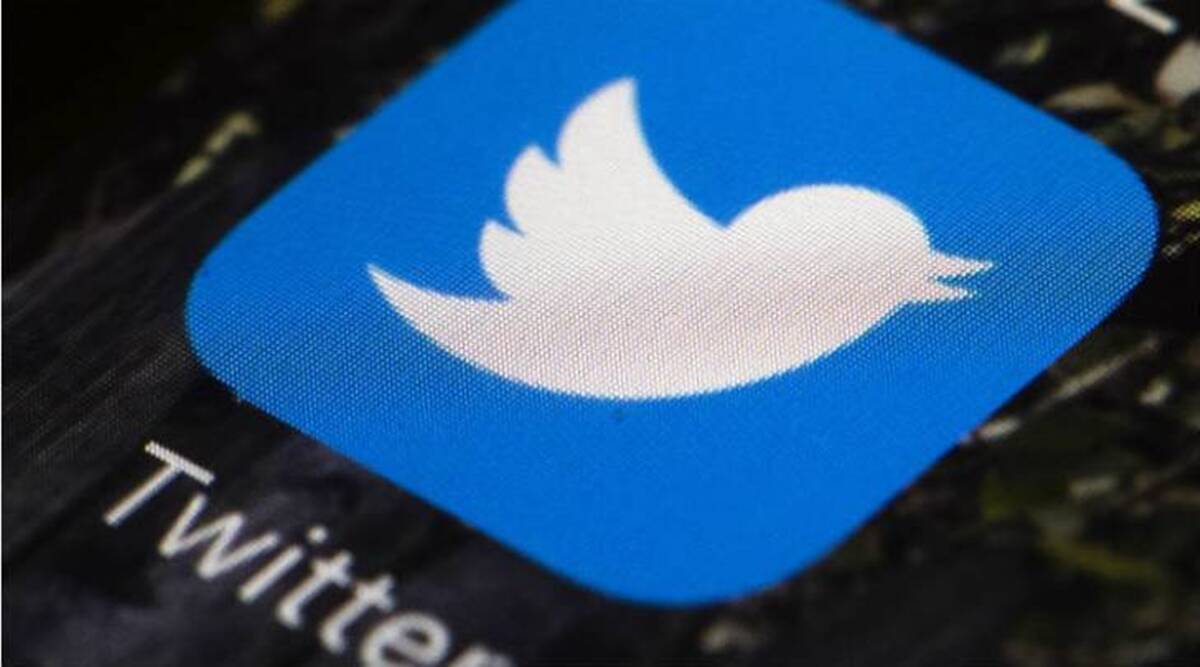
Swiggy has two Twitter accounts. The other account is for dealing with client complaints.TweetDeck manages the company’s many Twitter accounts, searches, and notifications. Swiggy’s social media “listening” capabilities are impressive. Whether it’s brickbats or bouquets, users can chat about it and get an immediate reaction. Aside from legal concerns, the social media team is frequently creative in its responses.
Swiggy Blog Case Study
Swiggy uses this platform to keep in touch with its customers by posting news and fascinating tidbits. With each blog post and under a new section, you can observe how the language changes from official to informal and casual, from technical updates to interesting chit-chat among the employees and ‘food for thought.’ Furthermore, on this content-rich site, the team does not employ any keywords; this is primarily to remain transparent and provide readers with a glimpse into the company’s work culture.
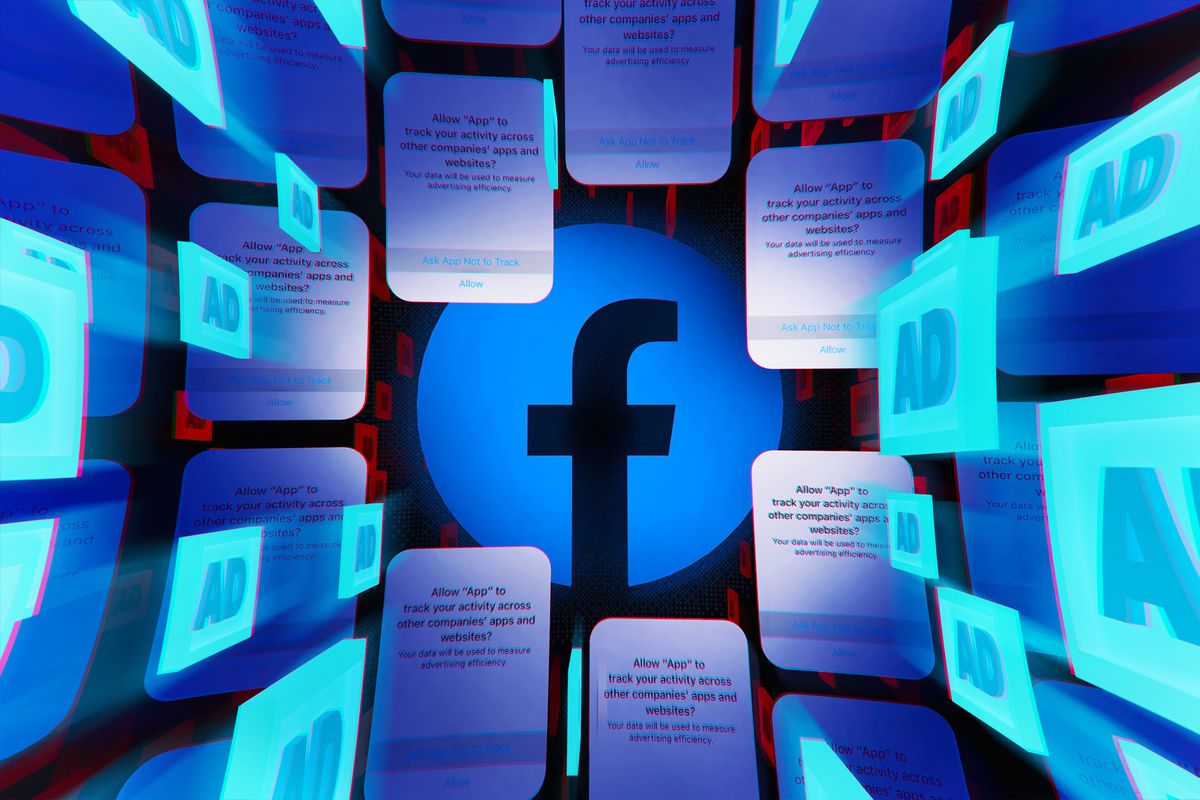
Swiggy on Facebook
Swiggy’s Facebook profile follows the same synchronised pattern as the rest of its social media channels. It’s all about postings, GIFs, memes, and redressing grievances.

E-mail marketing
Swiggy’s e-mail marketing has consistently outperformed the competition. With a record seven per cent CTR, India’s premium food ordering and delivery platform have reached a stunning rate of twenty-five per cent. While the industry average is only one or two per cent, the culinary start-up used individualised CTAs and attractive subject lines to drive the campaign. The food app uses AI-driven delivery to ensure that the e-mails arrive in the primary inbox. In less than four months, the unique click-through rates had doubled!
Swiggy’s e-mail marketing campaigns are a study in attracting clients with solid content and big themes, with attractive subject lines such as ‘Unlock your coupon,’ ‘You have received a discount,’ or ‘Win it.’
The Case Study of Swiggy’s Revenue Model
Swiggy has been a popular choice because of a lot of money spent on internet marketing and attractive discounts. Still, according to official financial statistics, it has yet to break even. Swiggy’s primary revenue model is as follows:
Commissions
Swiggy takes a commission from the restaurant, as high as 25%. This commission is in addition to the menu price and includes GST. The commission fees vary depending on the restaurant’s location, the volume of orders, and the restaurant’s reputation in the market, among other factors. The cost of a new restaurant in a new city will be lower.
Delivery charges
There is no minimum order requirement, and consumers are charged a flat delivery fee unless they choose ‘Super’! On a low-quantity order, there is usually a delivery fee. It encourages people to place additional orders. Swiggy also has a surge pricing or delivery fee concept in place in inclement weather, midnight deliveries, or a lack of delivery partners in the area.
Advertising
Swiggy’s restaurants provide a steady revenue stream through banner advertisements, sponsored listings, and priority listings. Restaurant banner promotion isn’t a new trick, and Zomato has mastered it for quite some time. Because Swiggy maintains a low profile and treats customer data and privacy very seriously, a restaurant’s sole method to attract more customers is to gain attention among the crowd.
Cloud Kitchen-Swiggy Access
Swiggy’s private-label kitchen, which offers customisable menus, is the next step toward generating a steady stream of money. It began in Bangalore with thirty restaurants and thirty-six kitchens, then it expanded to Delhi, Mumbai, Kolkata, and Hyderabad.
Unfortunately, because of the COVID-19 epidemic, the plan was put on hold, and the company’s cloud kitchen operation in Bangalore was shut down. Such a setback because around 25% of orders came through cloud kitchen, where eateries paid extra commission to remain in the loyalty circle.
Collaboration
Affiliate marketing is how the food tech startup makes money. Swiggy has partnered with several banks and financial institutions to give discounts sign-up bonuses and acquire more excellent traction on both sides.
Case Study about The COVID-19 Impact and Swiggy
Due to the economic downturn caused by the COVID-19 epidemic, Swiggy laid off 1,100 employees, accounting for 80% to 90% of the company’s revenue. Out of this, 500 people from Swiggy’s ‘Cloud Kitchen’ were hired as part of the company’s ambitious expansion plan.
Despite raising $113 million in February from existing investor Prosus NV, Wellington Management Company, and MeituanDianping, it happened.
This round saw India’s leading food delivery platform raise an additional $43 million in April. It was ascribed to business expansion, but due to COVID-19, it had to be diverted in a different direction. While it expanded beyond food in a few towns last year, it went into survival mode during the hurricane.
Swiggy, like its competitor Zomato, pulled a Dunzo and doubled up as the versatile delivery partner you can only dream of amid the pandemic. The food delivery service appeared to be a Godsend for millions of Indians living in major cities who were living in a one-of-a-kind lockdown. Within two hours, everything from groceries to staple foods and necessities like masks and hand sanitisers was delivered. Swiggy Genie, your very own delivery partner who can offer or pick anything from documents to a pair of keys, was later included in the app.
The food start-up is also examining the scenario and planning to launch its much-anticipated Indian version of the Dark Store-style urban fulfilment centres. ‘Urban Kirana’ will be the name given to these. It will be available in a limited number of cities, beginning with Bengaluru. This diversification is far from over. Zomato and Swiggy talk with some states about delivering liquor to customers’ homes via the internet.
Swiggy could bring booze and essential supplies without forcing people out of their homes, fulfilling its primary promise of being a hyperlocal delivery partner once more. Swiggy’s COO, VivekSundar, sees it as a necessary decision because its activities have been shut down in more than 200 locations, putting a severe impact on a firm that is barely surviving.
The platforms are in discussions with restaurants about providing ‘LIVE’ broadcasting from the kitchen where you placed your order. While your order is prepared, you can see the kitchen is sanitised.
It’s neither far-fetched nor a Black Mirror storey. Everything will be a reality in the post-COVID world and possibly the new normal.
The brighter side of Swiggy Case Study
While conducting a case study for Swiggy, we discovered a slew of good indicators that this Unicorn brand is poised to take the market by storm. Swiggy went on to buy Kint.io, a Bengaluru-based AI startup. Scootsy, an on-demand delivery company, was acquired to strengthen its pan-India delivery capabilities. It also bought SuprDaily, a daily grocery delivery start-up, and 48East, a food start-up.
Swiggy is surviving these trying times thanks to these acquisitions and a laser-like concentration on expansion. While meal delivery orders dropped, the culinary start-up was able to stay afloat by delivering groceries, essentials, and liquor. It had already started implementing some of the procedures, but it had only had enough time to test the waters.
On the other hand, the pandemic was the push into the water, and it appears that customers aren’t complaining and are loving the convenience of not having to step out while maintaining their lifestyle.
Challenges Ahead
Swiggy faces additional challenges due to its diversification, as established rivals such as Big Basket, Amazon Pantry, and Grofers are all vying for its attention. For Indian start-ups, Amazon’s AI-based delivery and unrivalled distribution chain are a constant source of frustration.
The National Restaurant Association of India (NRAI) has a restaurant aggregator and delivery platform in the works. Many eateries that sell and distribute meals on Swiggy and Zomato are also anticipated to do so on the NRAI platform. The NRAI has also stated that, unlike Swiggy and Zomato, it will not eat into restaurant margins or offer any “tech” services without prior approval.
The American firm began operations in Bengaluru, but expansion ambitions in other cities were also thwarted. But, we won’t have to wait long to see how this food war gone awry turns out!
The company’s hefty commission has already prompted good food franchises like SodaBottleOpenerWala, Monkey Bar, and Fatty Bao to launch a #logout campaign against delivery services.
Many small and preferred start-ups are gaining traction in the cloud kitchen concept. Regional players are also trying their luck in the segment. Swiggy’s challenges are as follows:
Swiggy has invoked the contracts ‘force Majeure clause due to extreme circumstances and economic downturns. It means that restaurants, especially foreign franchises, will be forced to become exclusive. They cannot form a partnership with another food delivery aggregator, generating alarm among establishments that have already suffered a considerable setback due to the global pandemic.
Conclusion
Swiggy has come a long way in the food chain, from farm to fork. It’s the stuff that future entrepreneurs’ fantasies are composed of. The transformation from a scrappy start-up to a technological marvel has gone swimmingly.
It’s maybe on its way to becoming the FoodTech industry’s unicorn that can have its cake and eat it too! Swiggy’s technology and delivery methods remain its backbone, even as it scales up and prudently avoids putting all of its eggs in one basket. From grocery delivery to booze delivery, the rest is a jigsaw puzzle that they hope will fit together correctly.
While it will take some time for customers to rebuild their faith in the food business and order without hesitation, they will eventually come around. Until then, Swiggy’s ability to thrive and survive these trying times will be put to the test. The expansion into additional verticals would be a smooth transition, but it won’t be easy given the severe competition.

